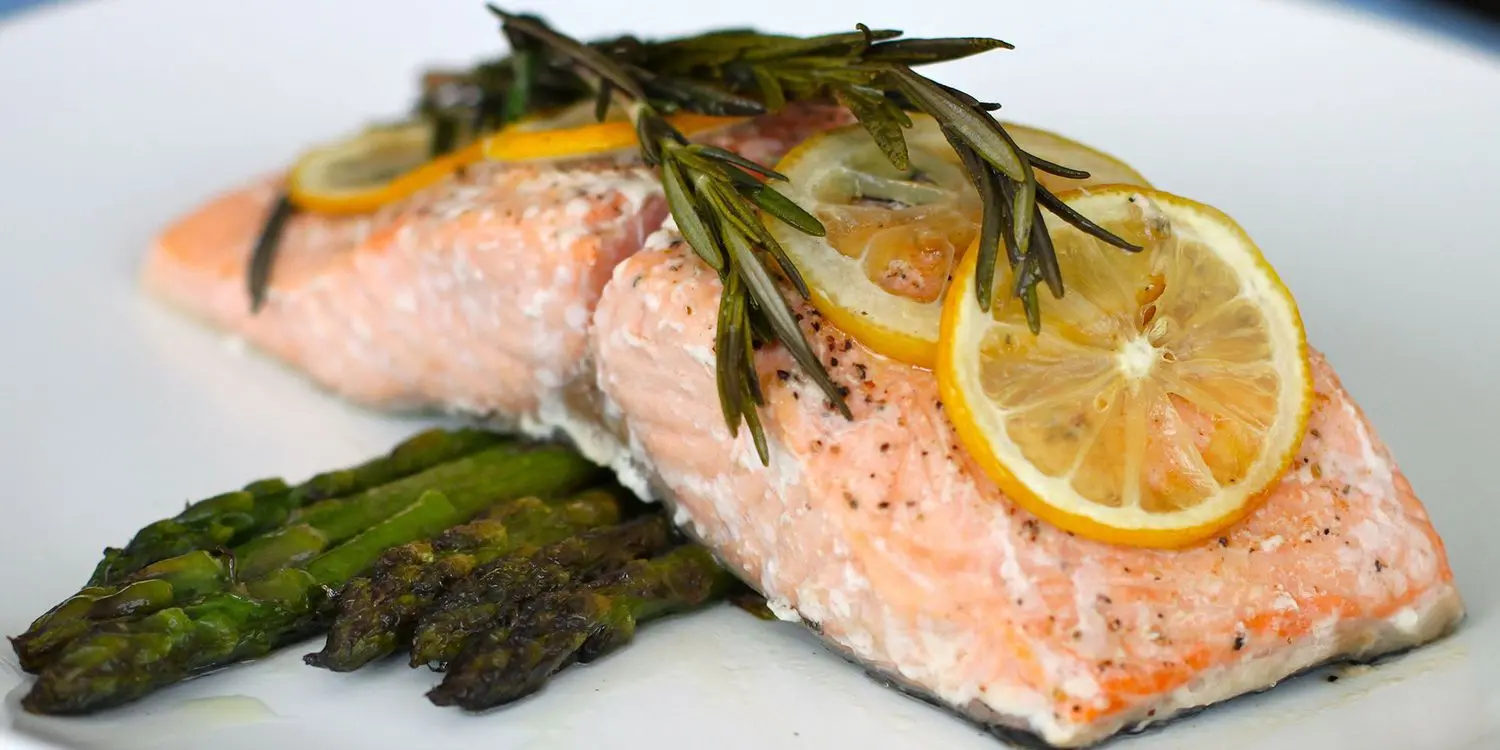Smoked salmon is a popular delicacy enjoyed by many around the world. Its rich flavor and delicate texture make it a favorite addition to salads, bagels, and appetizer platters. However, there have been concerns regarding the presence of parasites in smoked salmon.
What are the white specks in smoked salmon?
When you open a pack of smoked salmon, you may notice small white specks on the surface. These white specks are called albumin, a liquid protein that solidifies when the fish is cooked. It is a natural occurrence and does not indicate any safety concerns or spoilage.
Albumin is released from the muscle fibers of the fish as it is cooked, similar to how a wet towel releases water when squeezed. The higher the heat, the more albumin is released. This means that the amount of albumin you see on your smoked salmon is dependent on how it is cooked, rather than the quality of the fish itself.
Is it safe to eat?
Yes, it is safe to eat smoked salmon with albumin. Albumin is flavorless and has no impact on the taste or safety of the fish. It may, however, make the texture slightly tougher as the muscle fibers contract during cooking. Some people choose to remove the albumin for aesthetic reasons, but it is not necessary for consumption.
It is important to note that albumin is not a sign of parasitic infestation in smoked salmon. Parasites, such as tapeworms or roundworms, are more commonly found in raw or undercooked fish. The smoking process used to prepare smoked salmon effectively kills any potential parasites.
Preventing albumin in smoked salmon
While it may not be possible to completely eliminate albumin in smoked salmon, there are a few steps you can take to minimize its presence:
- Do not overcook the salmon. Cook it to an internal temperature of 145 degrees F and no further. Removing the salmon from the heat slightly before reaching this temperature can help prevent excessive albumin.
- Pat the fish dry with paper towels before cooking. This helps to remove excess moisture on the surface, reducing the likelihood of albumin formation.
- Try to cook evenly sized pieces of salmon. This ensures that the fish cooks more evenly and reduces the chances of albumin accumulation.
- Use medium heat instead of high heat when cooking smoked salmon. Longer and lower cooking temperatures help minimize albumin formation.
- If searing the salmon, keep it skin-side down for as long as possible. The skin acts as a protective barrier for the delicate flesh. Flip the salmon only when it is 90% cooked, and consider turning off the heat when flipping to allow residual heat to finish the cooking process.
Albumin in smoked salmon is a natural occurrence and does not indicate any safety concerns. It is a result of the cooking process and can be minimized by following proper cooking techniques. Smoked salmon is a safe and delicious choice for seafood lovers, and you can enjoy it with confidence knowing that the smoking process effectively eliminates any potential parasites. So go ahead, indulge in the rich flavors of smoked salmon without worry!
If you want to know other articles similar to Parasites in smoked salmon: what you need to know you can visit the Food safety category.


Related Articles